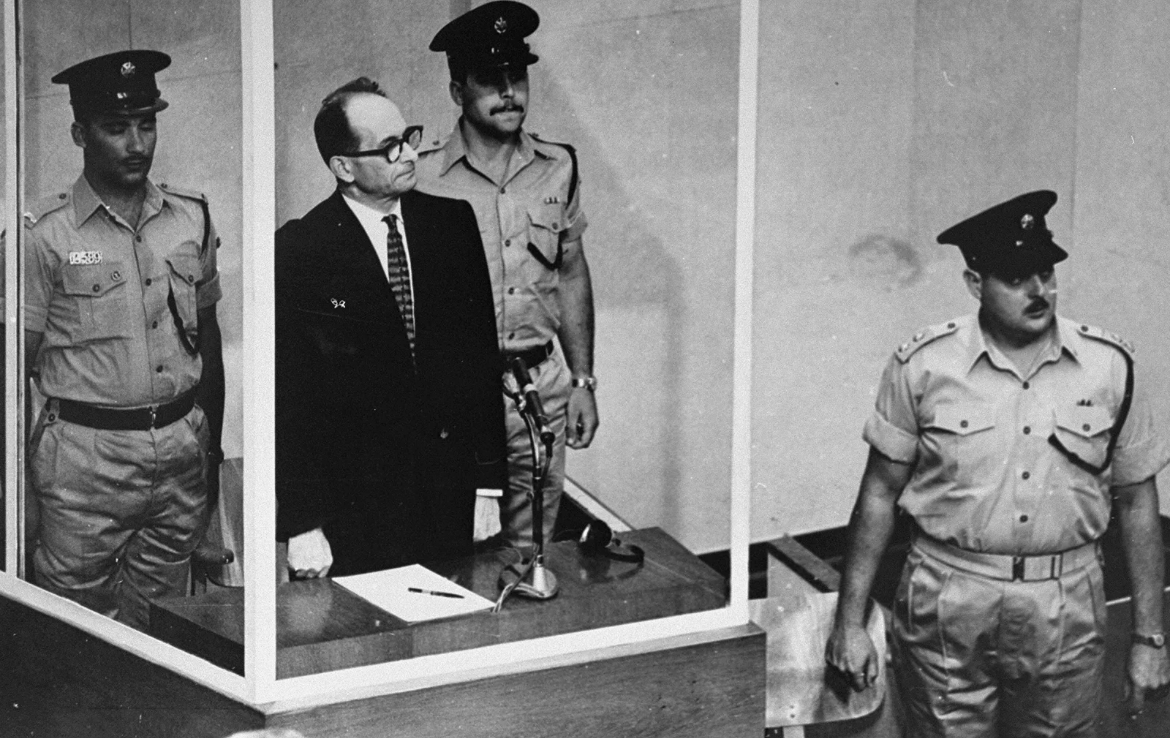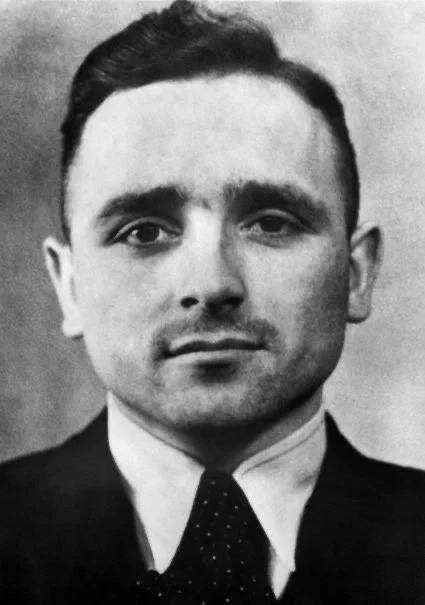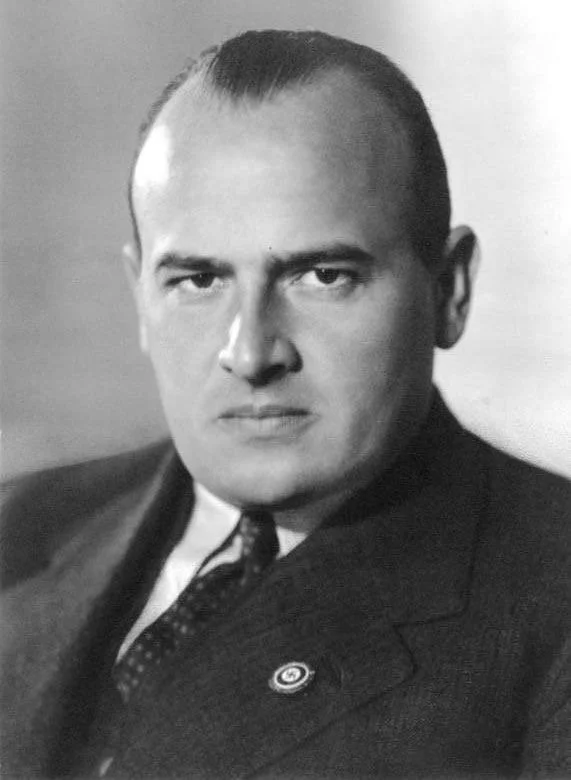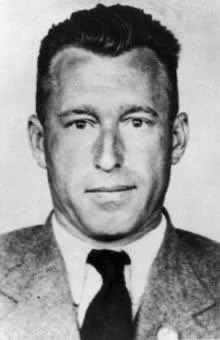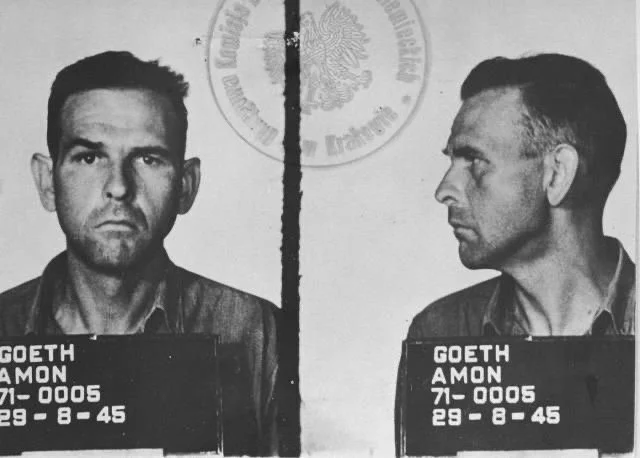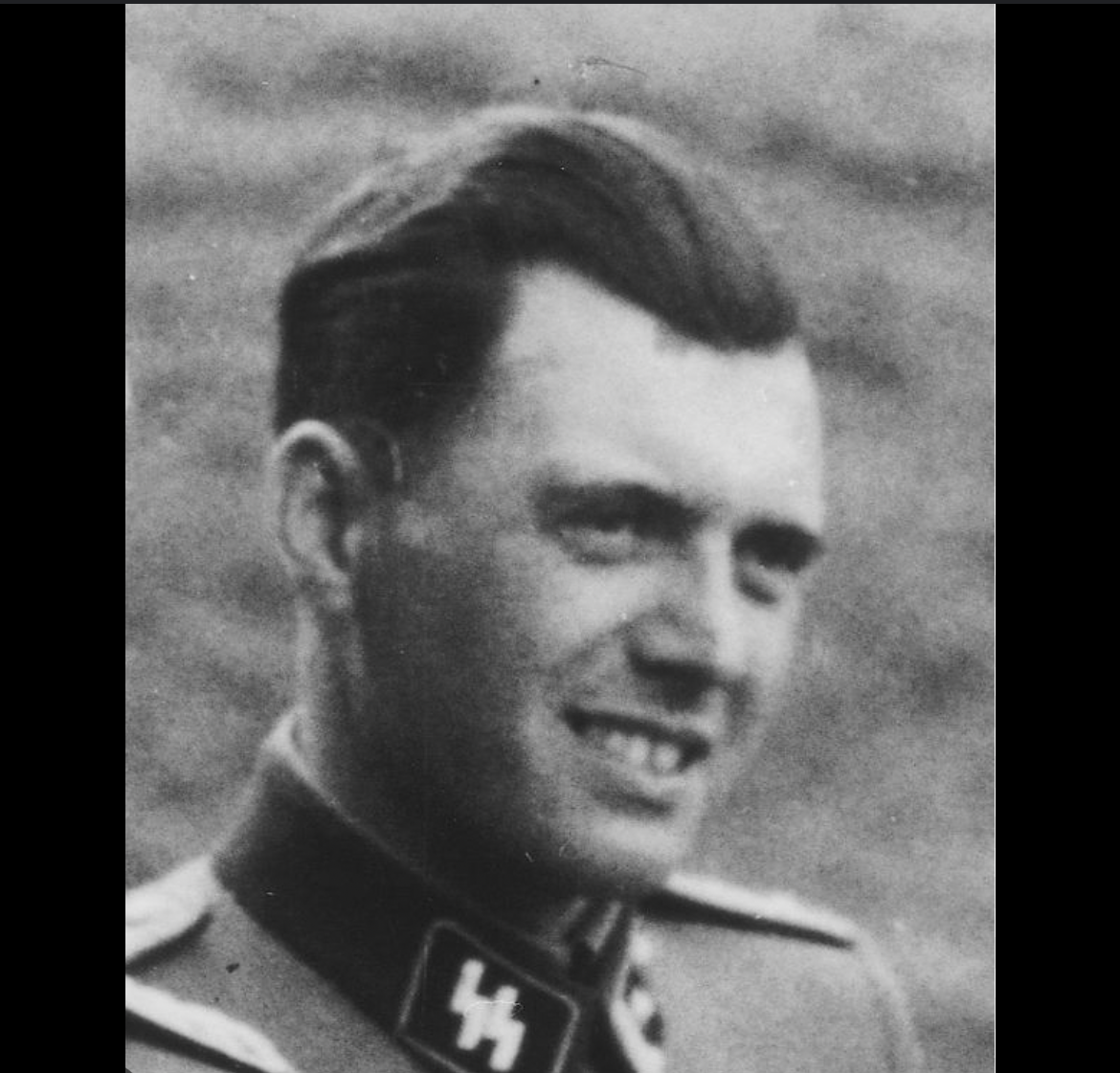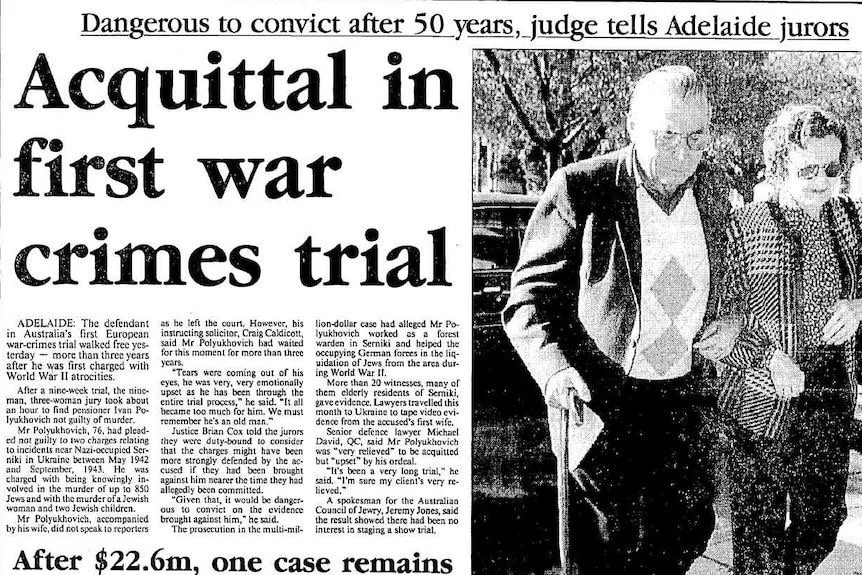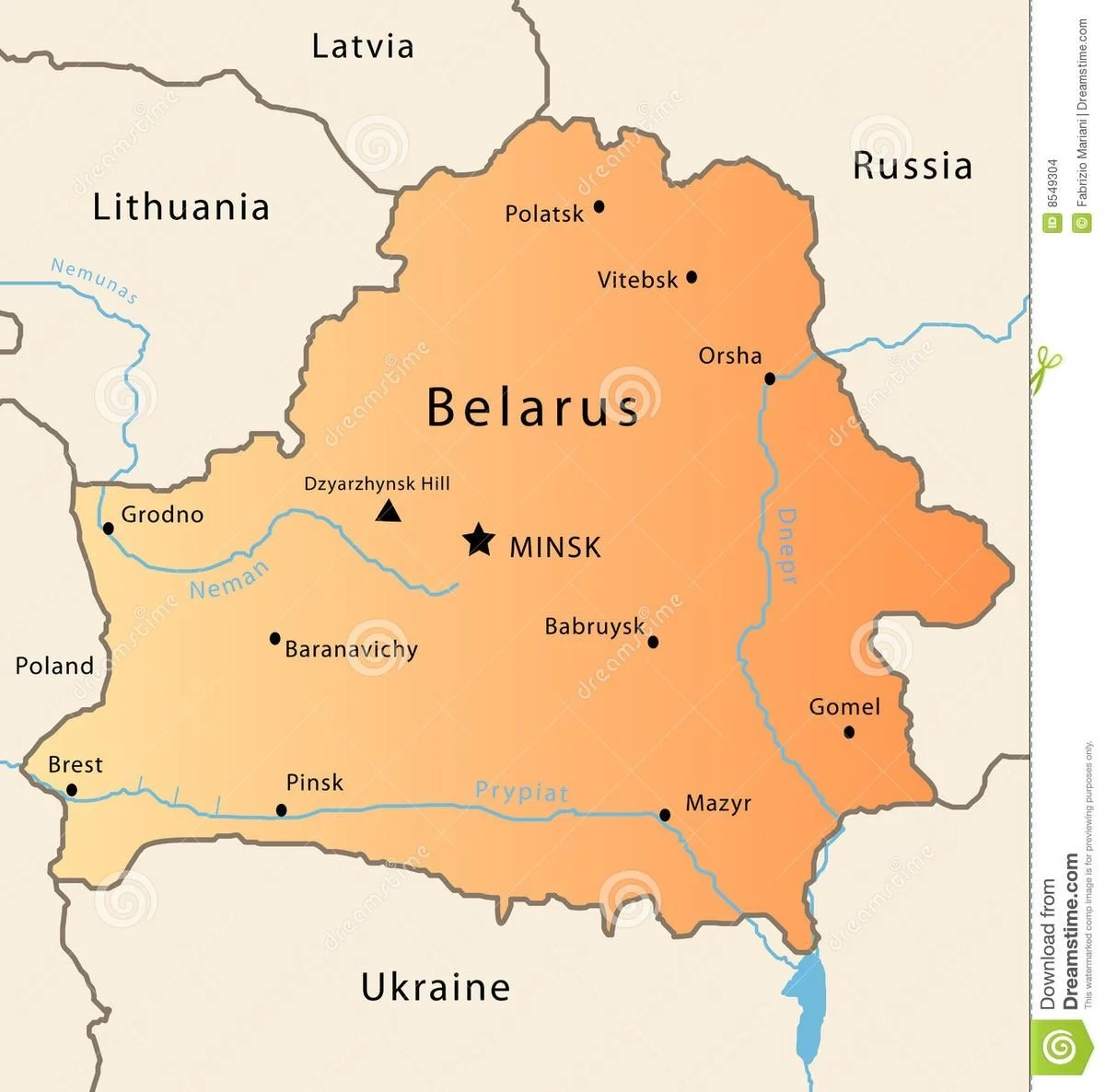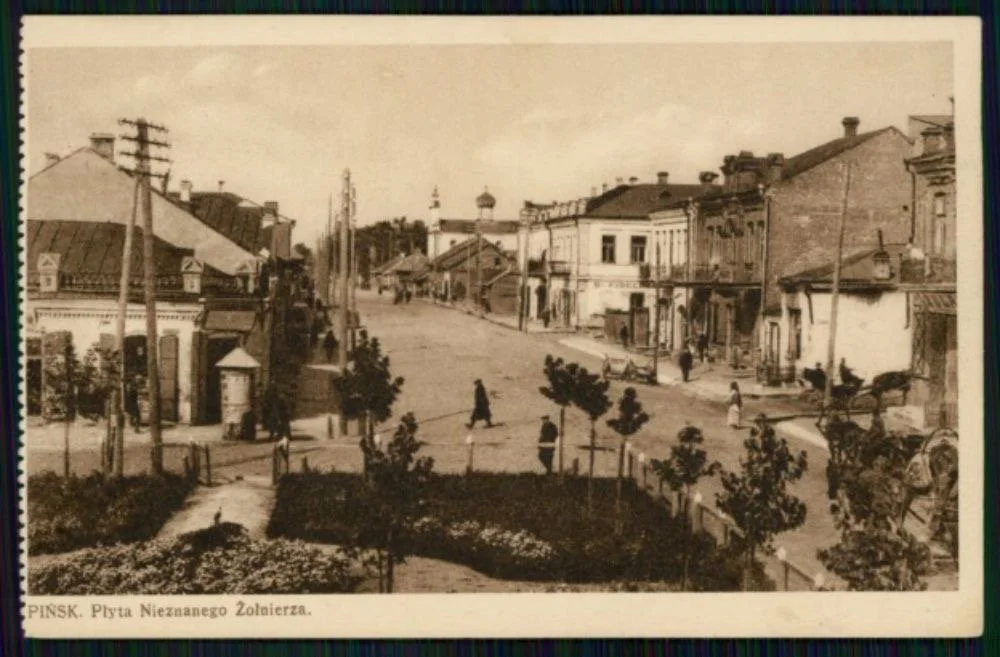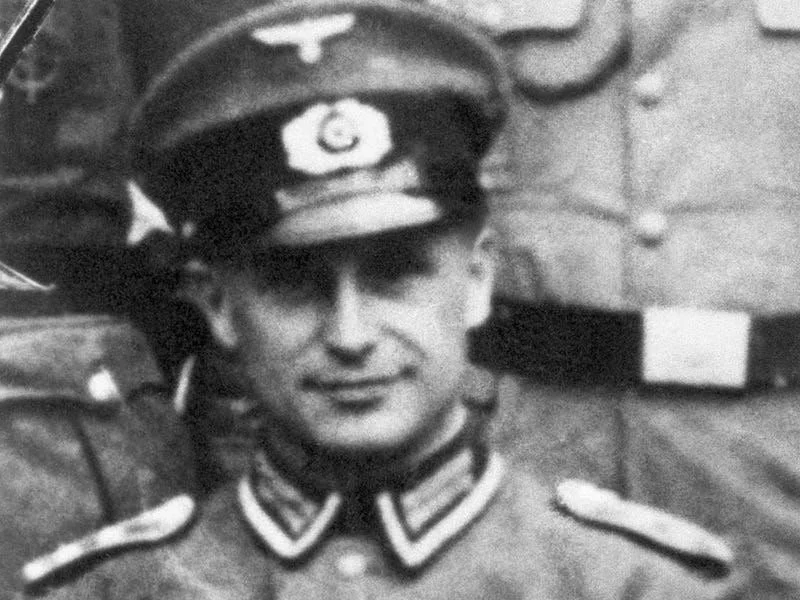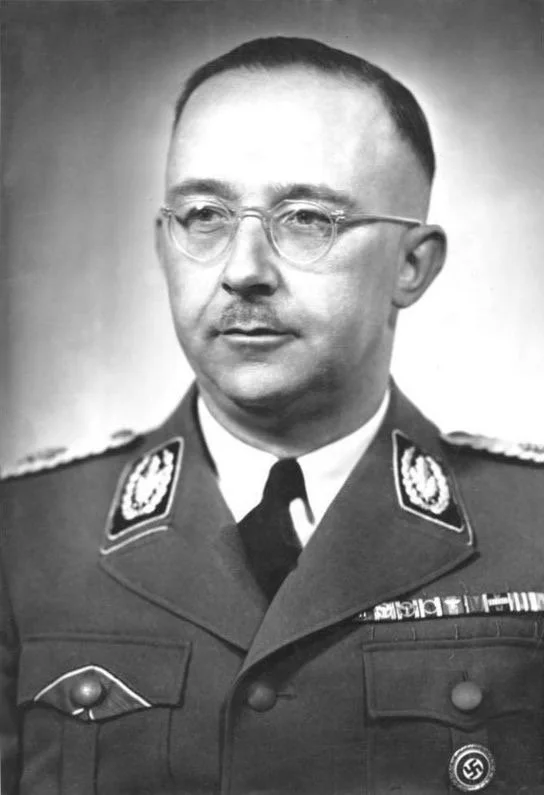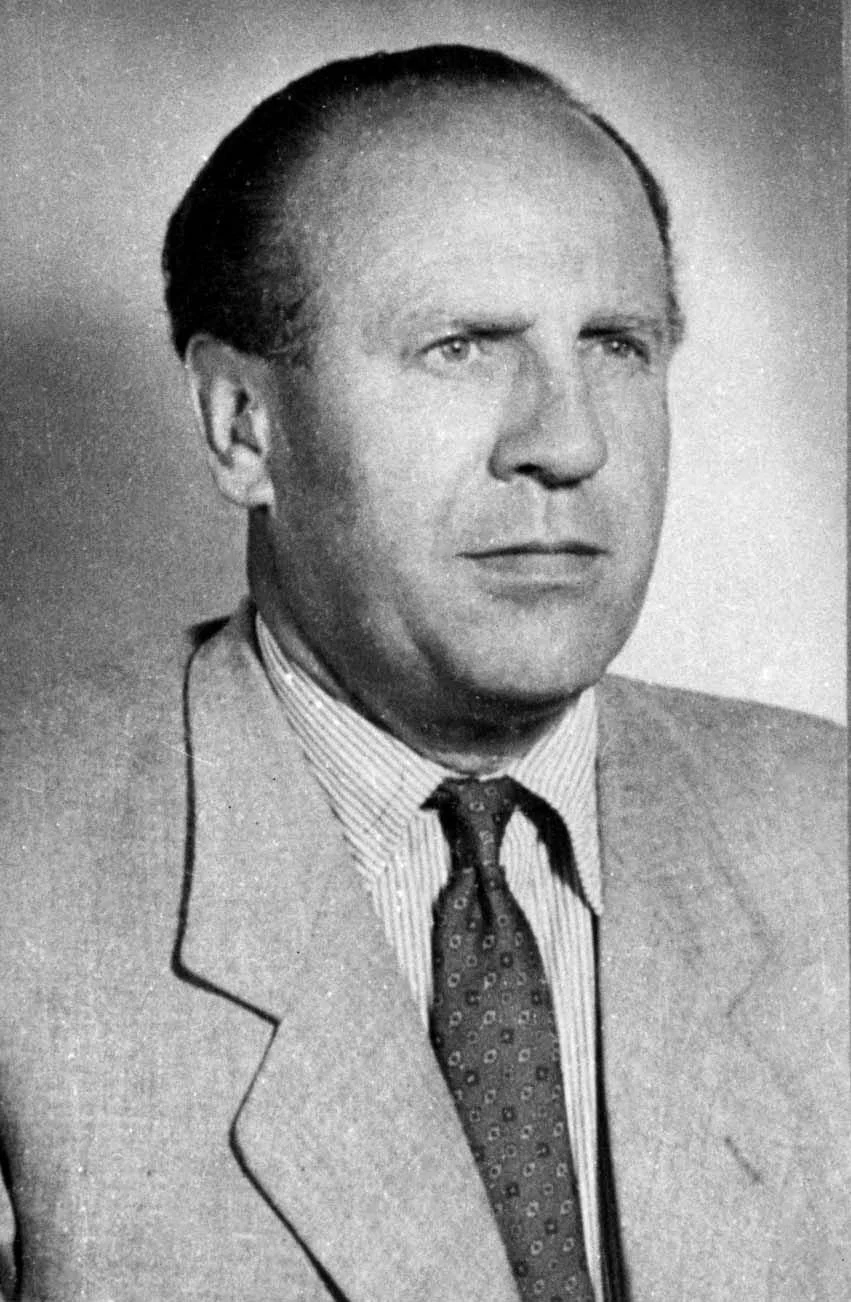Around 200,000 concentration camp perpetrators committed crimes during the Holocaust by executing six million Jews altogether and another million civilians for a roundabout. However, only 140,000 concentration camp perpetrators were brought to justice between 1945 and 2005 because, of their crimes against humanity. Out of the 140,000 perpetrators, only 6,656 were convicted. The other 60,000 concentration camp perpetrators hid and escaped back to Germany or various countries, died in the war, emigrated, or evacuated because the perpetrators were captured.
Even though 200,000 concentration perpetrators committed crimes during the Holocaust however this section recognizes the most well-known concentration camp perpetrators, in Holocaust Studies. This number is around 165 people.
Although, many concentration camp perpetrators were able to escape and were not prosecuted that does not mean they were not still punished. Around 15,000 died many were because of suicide because of two reasons. The first reason is that they wanted to avoid accountability for their actions during the Holocaust, and the second reason is that most could not bear the fact that they committed such heinous crimes and were unable to deal with the guilty of killing innocent millions.
Many were still mentally punished which, many individuals might find that that is worse than being in jail or being sentenced to life by a court.
Additional information about other trials is listed below
For more information about other trials check out this link:
The Nuremberg Trials https://www.nationalww2museum.org/war/topics/nuremberg-trials
https://www.theholocaustexplained.org/survival-and-legacy/postwar-trials-and-denazification/
Out of the 200,000 concentration camp perpetrators who committed crimes only 140,000 perpetrators were brought to justice between 1945 and 2005. Only 6,656 were committed due to amount of insufficient evidence to continue their trial.
Captured
Adolf Eichmann
Adolf Eichmann was an Austrian-German officer who joined the Nazi party in 1932 and was in the German military. Eichmann is well known for his role in the Holocaust as chief executioner, organizing the identification, assembly, and transportation of Jews from all over occupied Europe to their final destinations at Auschwitz and other extermination camps in German-occupied Poland. His role in the Wannsee Conference in January 1942 was also important. He helped thoroughly plan the final solution to the Jewish question. The Jewish question was what was Germany going to do with all the Jews? The Final Solution was the answer to the Jewish Question where German officers and Hitler created a diabolical and inhumane solution to erase the Jewish race. They did this because in Nazi ideology the Jewish race is seen as a hindrance to society.
After the war, in 1945, U.S. troops captured Eichmann, but in 1946, he escaped their prison camp just before the Nuremberg Trials were going to begin. He fled back to Germany under a false identity. Until the early 1950s, he traveled to Austria, Italy, and then Argentina. Most of the other Nazi officials had taken a similar route to Argentina. Eichmann settled in Argentina in 1958 under the false identity of Ricardo Klement, who lived in a rural area and worked at a nearby factory. The United States, Israel, and Europe were contacted about Eichmann’s activities in Argentina, and the only one who was interested in this was Israel. Mossad (Israel’s intelligence agency) conducted an operation and captured him on May 11, 1960, near Buenos Aires, Argentina.
The Israeli government arranged Eichmann’s trial to be tried by a three-judge court in Jerusalem, Israel. Eichmann’s trial in Israel was monumental because Israel is a Jewish homeland and to have a concentration camp perpetrator who murdered millions of Jews during the Holocaust was a symbol of justice brought to all of the innocent lives taken in the camps. as Israel stood up against him by trying him in a Jewish state where his mission during the Holocaust was to wipe out the Jewish race. Eichmann’s trial lasted from April 11, 1961, to December 15, 1961, when he was sentenced to death. Eichmann’s trial is the only death sentence ever imposed by an Israeli court. He was hanged on May 31, 1962, and his ashes were scattered at sea.
For more information about the journey to catch Adolf Eichmann, watch the film Operation Finale. https://www.amazon.com/dp/B07GVR91M9
Klaus Barbie
Nikolaus “Klaus” Barbie was a He was the head of the Gestapo, which is the secret state police in Nazi Germany. German officer of the S.S. and SD, (the intelligence agency of the S.S. and the Nazi Party), who moved to work in France. He was known as the “Butcher of Lyon.” He was a Gestapo officer in Lyon, France, at the time, where he physically, mentally, and emotionally tortured Jewish prisoners and members of the French Resistance. Barbie sent 7,500 French Jews and French Resistance members to concentration camps and executed around 4,000 French Jews and French Resistance members.
In August 1944, he and other S.S. members retreated from Lyon back to Germany. He made sure to burn his S.S. identification tattoo and assume a new identity. With other former S.S. officers, they engaged in underground anti-communist activity such as establishing tunnels to take their communist victims to torture them. In June 1947, he surrendered himself to the U.S. Counter-Intelligence Corps (CIC) after the United States offered him money and protection in exchange for his intelligence services. Barbie worked as a U.S. agent in Germany for two years, while the United States shielded him from French prosecutors trying to track him. In 1949, the United States relocated him and his family to South America under the new identity of Klaus Altmann. Barbie settled in Bolivia and continued to be a U.S. agent. He became a businessman and advised the military regimes of Bolivia. He helped set up internment camps for political opponents and served as an officer in the Bolivian secret police, where he partaked in drug-running schemes and founded a rightist death squad.
In 1972, Nazi hunters Serge Klarsfeld and Beatte Kunzel discovered Barbie’s Bolivian whereabouts. In the early 1980s, a liberal Bolivian regime came to power and agreed to extradite Barbie in exchange for French aid. On January 19, 1983, Barbie was arrested and brought back to France on February 7th. His trial was conducted in Lyon on May 11, 1987, where he was tried for 177 crimes against humanity. On July 4, 1987, he was found guilty and sentenced to spend the rest of his life in prison. In 1991, he died of cancer in the prison hospital.
Hans Frank
Hans Frank was born in 1900 and was an early supporter of the Nazi Party. He studied law and was able to become a legal advisor for Hitler. When World War II broke out, he was appointed Governor General of occupied Poland. He was guilty of four counts of crimes against humanity during the Nuremberg Trials in Germany. Frank was sentenced to death for exploiting, deporting, and murdering thousands of Polish civilians. Hans Frank was executed on October 16, 1946.
Franz Stangl
Franz Stangl was nicknamed the ‘White Death” because he was seen wearing a white uniform while carrying a whip. Stangl worked closely with the Aktion T-4 Euthanasia Program under the Nazis, which killed individuals with mental and physical disabilities. He later served as the commandant of the Sobibor and Treblinka death camps in German-occupied Poland. Over 100,000 Jews are believed to have been killed under his wrath before Stangl moved to Treblinka. In Treblinka, the Nazis second-deadliest camp, 900,000 prisoners were killed. After the war, the Americans captured Stangl, but he escaped to Italy from a Catholic-Austrian prison camp in 1947. Austrian bishop Alois Hudal helped Stangl travel to Syria on a Red Cross passport. In 1951, Stangl sailed to Brazil. Stangl was employed by Volkswagen in São Paulo under his own name but was arrested in 1967. He was tracked down by Holocaust survivor and Nazi hunter Simon Wiesenthal. Stangl was extradited to West Germany, where he was tried and found guilty for the mass murder of 900,000 people. Stangl was sentenced to life imprisonment, but in 1971 he died of heart failure.
Amon Göth
Amon Göth was born in Vienna, Austria, on December 11, 1908. Göth is famously known for being an officer who was the commandant of the Plaszow concentration camp in Poland. In 1931, Göth became a member of the Austrian Nazi Party and, a year later joined the S.S. After doing illegal S.S. activities such as defying the law in Austria, he fled to Germany. He returned to Austria in 1938, when the Anschluss, a political union, brought Austria into the Third Reich. Göth successively rose through the Nazi ranks and, in 1941, joined Operation Reinhard, a Nazi campaign to kill the Jews of Poland. In February 1943, he was made commandant of Plaszow and supervised the violent closings of ghettos and concentration camps. In Plaszow, Göth killed prisoners for minor issues and took joy in randomly killing them. He used prisoners as target practice in the courtyard on the balcony of his villa.
In September 1944, he was arrested for brutality and corruption and held in Breslau, Poland until October. Soon enough, he was diagnosed with diabetes and was sent to the U.S. sanitarium in Germany, where he was arrested by U.S. troops in early 1945. The Americans turned him over to the Polish government, where he was tried for his war crimes. In the Plaszow and Szebnie camps and Kraków and Tarnów ghettos, he killed 10,000 people. In Göth‘s defense, he said he was only following orders. He was convicted on September 5, 1946, and hanged eight days later.
Died in war or health conditions
Around 15,000 concentration camp perpetrators died after the war.
Josef Mengele
Josef Mengele was a German medical official in the S.S., the elite squad of Hitler’s bodyguards that later emerged as secret police. They caught individuals who went against Nazism. In 1943, S.S. head Heinrich Himmler appointed Mengele as the Chief Doctor of the Auschwitz-Birkenau death camp in Poland. Mengele supervised the selection of incoming prisoners for labor or gas chambers and was eager to advance his medical career by publishing so-called “groundbreaking” work, then began experimenting on Jewish prisoners. He had a fascination with twins specifically in the camp. The medical “treatments” given to the prisoners consisted of random chemicals used to see the effects on their bodies. He even conducted studies on corpses and was horrifically given the name “Angel of Death.”
Mengele escaped imprisonment after the war by working as a farm stableman in Bavaria, Germany, then moving to South America. In July 1949, a network of S.S. members set up transportation for Mengele to flee to Argentina, where he lived around the Buenos Aires area. In 1959, he moved to Paraguay and gained citizenship there. In 1960, he moved to Brazil, where he met up with another former Nazi party member, Wolfgang Gerhard. According to a team of forensic experts who traveled to Brazil in search of Mengele in 1985, they found that Gerhard had died from a stroke while swimming in 1979. However, dental records revealed that Mengele was the stroke victim and had assumed Gerhard’s identity.
The Unknown
Many concentration camp perpetrators successfully made it to other countries but, the whereabouts of their route to get to these counties is still unknown much like, Ivan Polyukhovich.
Ivan Polyukhovich
Ivan Timeoleyevich Polyukhovich was born in Pinsk, Belarus. During the war, Polyukhovich collaborated with the Wehrmacht (the German army), from 1935 to 1945 in murdering individuals in ghettos. Polyukhovich participated in the executions of the Jewish ghetto in Sekniki, Ukraine murdering about 850 people. He went on to further execute civilians around Sekniki between August and September 1942. After the war, he moved to Australia but, it is unknown he got there. Most likely Polyukohvich was able to obtain a visa a stateless individual to the ICRC like most, concentration camp perpetrators. He was charged with the Australian War Crimes Act in 1945 but the case did not happen due to Australian law, which states you must be a citizen when you are charged with a crime.
In 1958, Polyukhovich gained citizenship, and in 1990 he was charged under the amended Australian War Crimes Act. He was allegedly responsible for war crimes committed in Ukraine between August 1942 and May 1943, a period when Germany occupied Ukraine. He was responsible for the murder of 24 Jewish women, men, and children. Along with his complicity in the murder of over 850 others, He was arrested in Australia. In May 1993, was acquitted because there was not sufficient evidence to continue his case.
A map of Belarus from where he was born.
The streets of Pinsk, Belraus.
Escaped
Around 15,000 concentration camp perpetrators escaped to other Countries such as South America, Australia, and the United States.
Suicide
Walter Rauff
Walter Rauff was an S.S. colonel. Rauff was important in the concentration camp system because of his “construction and implementation of the mobile gas chambers.” During World War II, Rauff killed around 100,000 people with the help of other S.S. officers. He oversaw the modifications made to trucks to hold more prisoners. After the prisoners were gassed, the trucks would drive to a burial site. He persecuted Jews in Vichy France-controlled Tunisia during 1942 and 1943, then went to Northwestern Italy to oversee Gestapo operations. He had a reputation for being ruthless in his execution tactics toward Jews and local partisans. At the end of the war, Allied troops arrested Rauff, but he managed to escape the American POW (Prisoners of War) camps and seek refuge in Italian convents. Soon, he was able to serve as a military advisor to the President of Syria. The Syrian President saw Rauff as an economic boost because, of his military expertise and training. In 1948, he fled back to Italy because Italy was the quickest way to leave Europe to escape to South America, and escaped to Ecuador in 1949 before settling in Chile, where he did not have a fake identity. Rauff’s whereabouts about settling in Chile are unknown to this day but, he most likely joined a military unit to fight communism like the rest of the concentration camp perpetrators in South America.
Many concentration camp perpetrators resulted in suicide because they could not bear the guilt of murdering millions of innocent people. Perpetrators also resulted in this method not to take responsibility for their actions during the Holocaust.
Heinrich Himmler
Heinrich Himmler was born to a Catholic family in Munich, Germany on October 7, 1900. As a young man, he was a devout patriot to his homeland and dreamed of being an officer in the service during World War I. On January 1, 1918, he left high school for officer training, which lasted until November. In college, he joined a German- nationalist fraternity that began to shape Himmler’s ideals for the future of Germany. The fraternity did this by reading “deeply in the racist-nationalist literature popular on the radical right of the interwar German political spectrum”. By August 1922, Himmler had already received his undergraduate degree and became a nationalist and political activist. In November 1923, he joined the Nazi Party, fully devoting his career to it. He built his reputation within the party by discussing Germany’s enemies, including Marxists, Jews, Slavs; the need for German expansion; and the cult of the German race.
By January 1929, Hitler had appointed Himmler Reichsfuhrer S.S. (a special title and ranking in the S.S.). The S.S. was composed of 280 men and had two main roles. The first was to serve as bodyguards for Hitler and other Nazi leaders, and the second role was to hawk subscriptions for the Nazi Party newspaper. By the time the Nazis gained power in January 1933, the number of S.S. members had grown to more than 52,000. Himmler decided to implement his ideas of internal security and guardianship over racial purity as long-term goals for the Nazi Party. He even took on the role of seeking out Hitler’s opponents, anyone who did not agree with the government, and any other party that carried out suspicious political activities. Himmler established the Race and Settlement Office to evaluate applications from S.S. men seeking to marry under a marriage decree (a formal agreement by the court and two individuals marrying that it is legal for both of them to get married). This role maintained the goal of racial purity.
During 1933-1934, Himmler secured U.S. control over centralized concentration camp systems. Hitler was impressed by Himmler’s successful coordination of the Dachau Concentration Camp camp system in March 1933. Within the same year, Hitler wanted him to make a centralized concentration camp system encompassing all 30-40 concentration camps and hundreds of subcamps. In these camps, the S.S. killed some 2 million prisoners including Jews, political prisoners, convicts, Gypsies, homosexuals, and Jehovah’s Witnesses. As the Second World War was ending all of the Nazis were in a panic and quickly sought refuge. Himmler tried to assassinate Hitler, and when that failed, he tried to bargain with the Western Allies by using the camp prisoners as a bargaining tool. He even tried to offer surrender on the Western front to General Dwight D. Eisenhower, the commander in chief of the Allied forces. News got back to Hitler, and Himmler was arrested and stripped of all his badges in early May 1945. Himmler was found again on May 20, 1945, by the Russian Army when he was standing in the field as a Secret Field Police with papers in his pocket under the name Heinrich Hitzenger. The Russians turned Himmler over to the British, to whom he admitted his true identity. On May 23, 1945, the British were conducting a body search on Himmler and he killed himself during the search by biting down on a cyanide capsule hidden in his mouth.
Remembrance
Many people, did great deeds during the Holocaust and are remembered by their positive attributes.
Oskar Schindler
Oskar Schindler was a German industrialist and humanitarian that was a member of the Nazi Party. Before and during the war he was best known for having Jews work in his ammunition factories to benefit the war. During the Holocaust, he was able to keep in contact with his Jewish employees and even save over 1,000 Jews from being killed in Nazi death camps. After his death, he was remembered in a variety of ways but, to the Jewish individuals he saved, they came and commemorated him and his efforts to their lives.
Schindler’s List is a movie, that illustrates Oskar Schindler’s role before, during, and after the Holocaust. https://www.amazon.com/Schindlers-List-Liam-Neeson/dp/B00BEN0V8S
